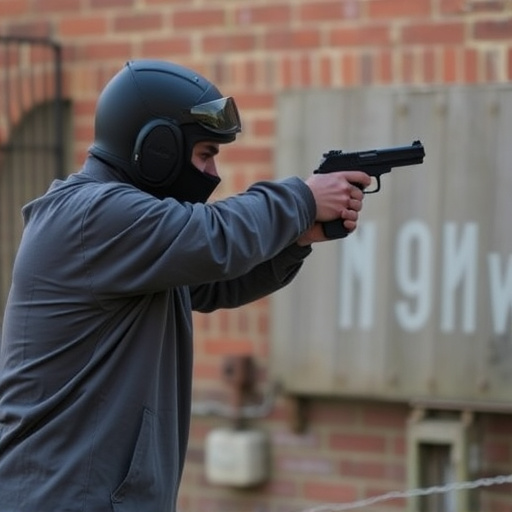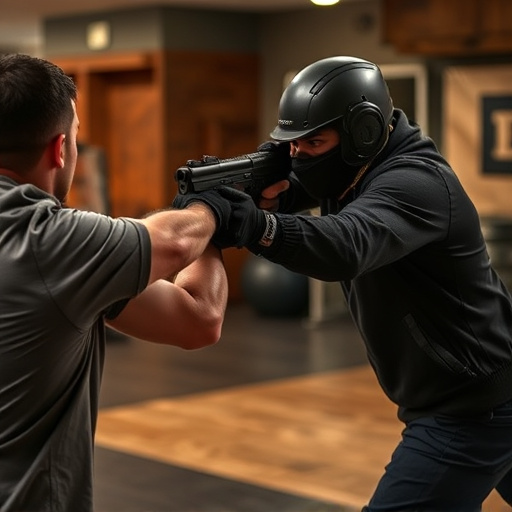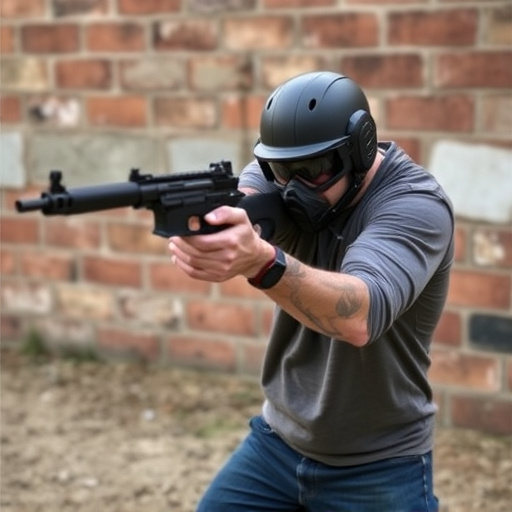Disguised stun guns as self-defense tools are popular but legally complex due to state-specific regulations. U.S. states have varying rules for possession and use, with some permitting open carry while others restrict them as weapons. Navigating these laws is crucial for responsible ownership and avoiding legal issues.
“Unraveling the legal complexities surrounding concealed protection is paramount for responsible citizens seeking legitimate self-defense options. This article delves into the intricate web of state regulations regarding disguised stun guns, offering a comprehensive guide for those aiming to protect themselves.
From unrestricted accessibility in certain states to stringent laws elsewhere, understanding these guidelines is crucial when considering self-defense tools like disguised stun guns. We explore the diverse legal landscape, ensuring you’re informed about your rights and responsibilities.”
- Disguised Stun Guns: Legal Landscape Across States
- Self Defense Tools: Navigating State-Specific Restrictions
Disguised Stun Guns: Legal Landscape Across States

In the realm of personal safety, disguised stun guns have emerged as innovative self-defense tools. These compact and unassuming devices offer a discreet means of protection, attracting individuals seeking effective yet covert defense mechanisms. However, navigating the legal landscape surrounding these tools varies significantly from state to state.
Some states have embraced their use, permitting open carry or allowing them to be stored in vehicles without restriction. Conversely, others have implemented stringent regulations, classifying disguised stun guns as weapons and subjecting their possession to strict controls. Understanding these variations is crucial for those considering the acquisition of such devices to ensure compliance with local laws and maintain a harmonious relationship with legal authorities.
Self Defense Tools: Navigating State-Specific Restrictions

Self-defense is a fundamental right, and individuals across the country are increasingly turning to discreet self-defense tools like disguised stun guns to protect themselves. However, navigating the legal landscape surrounding these devices can be complex due to state-specific restrictions. Understanding the regulations in your area is crucial when considering the purchase or carry of a stun gun for personal safety.
Each state has its own set of rules and laws regarding the possession and use of stun guns, with some permitting their use only for law enforcement or specific self-defense scenarios, while others allow citizens to carry them for personal protection. Disguised stun guns, often designed to mimic everyday objects like flashlights or pens, fall into a unique category, as their concealment raises additional legal considerations. It’s essential to research and comply with local laws to avoid any legal complications, ensuring that the right to self-defense is balanced with public safety concerns.
When it comes to carrying concealed protection, disguised stun guns offer a unique option for personal safety. However, navigating state laws regarding these devices can be complex due to varying restrictions on their possession and use. Understanding the legal landscape is essential for those considering self-defense tools, ensuring compliance with local regulations. This knowledge empowers individuals to make informed decisions about their safety while adhering to the law, as each state has its own set of rules regarding disguised stun guns, reflecting a diverse approach to self-defense across the nation.
